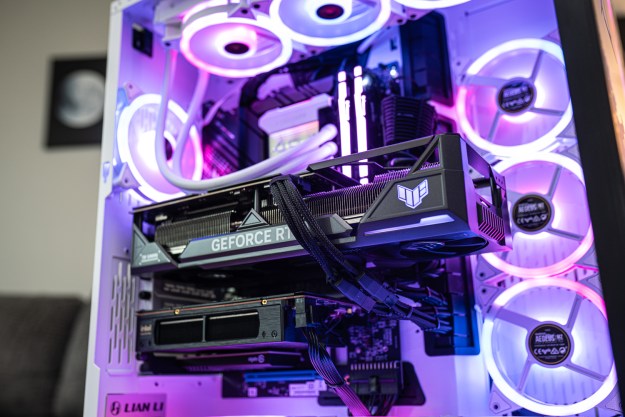
There has certainly been debate on Oculus’ content strategies over the past year, but there’s no denying its first-party releases helped show what’s possible in the fledgling VR market. Alongside some of its in-house game developments like Luckey’s Tale, Oculus released short films like Henry, Lost and more recently, Dear Angelica. Now it wants to pass the mantle to third parties.
“We’re now entering the next chapter of VR development, where new creators enter the market in anticipation of adoption and growth, and we’ve been looking at the best way to allocate our resources to create an impact on the ecosystem,” Oculus said in a statement.
That change involves not only funding others who can carry the torch of VR short filmmaking but also shutting down the Story Studio. Oculus has been funding other developers for years at this point and has helped bring a lot of content to market. That’s something it wants to continue, while also refocusing its efforts on solving the problems still associated with virtual and augmented reality.
Moving forward, it has pledged $50 million for non-gaming, experimental VR content — everything from short films to full features and educational VR experiences.
Oculus will continue to keep stories like Henry, Lost, and Dear Angelica on the Oculus store so people can enjoy them far into the future. It also has a number of technique tutorials related to their creation to help those looking to build their own enticing virtual reality experiences.
Fortunately, as Oculus suggested, many other firms are now building VR film experiences, like the upcoming Wesley Snipes vehicle The Recall VR Abduction.




